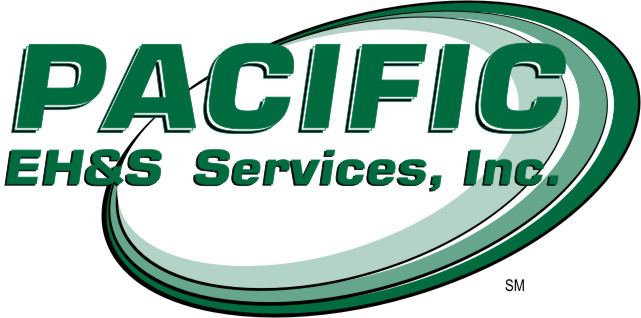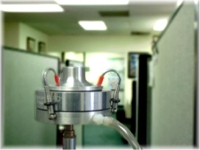 |
Main Page
Phone: (949) 250-6396
Fax: (949) 250-6398 |
| Indoor
Air Quality Surveys |
Indoor air quality concerns have
become more common since the inception of the "energy
efficient" building. The indoor quality within business
office buildings and other structures, particularly those build
following the energy crisis of the 1970s, may be adversely affected
by a variety of conditions and factors. These include
inadequate general ventilation system design and/or operation,
insufficient outside air intake rates, emission of contaminants from
building materials and furnishings, stagnant water sources, tobacco
smoking, and the use of solvents, pesticides, and other chemical
substances.
Pacific EH&S offers a full range of services devoted to investigating the
specific cause(s) of compromised air quality within structures. Our
staff of occupational health professionals and engineers are well
qualified to identify sources of odors, determine concentrations of
airborne and/or surface contaminants, interview building occupants
to evaluate exposure potentials and episode trends, perform
ventilation system analyses, and conduct literature search and
evaluate the potential for disease clusters. |

|
| Our investigations typically involve
the collection of various air samples, and at times may include the
collection of bulk and wipe samples to assess surface contaminants.
Common indoor air pollutants have included volatile organic
compounds, formaldehyde, pesticides, asbestos, dusts, carbon
monoxide, carbon dioxide, nicotine, and bioaerosols such as viable
and nonviable fungi and bacteria. Air contaminant concentrations are
determined using OSHA, NIOSH, or other appropriate analytical
methods, as well as through the use of direct-reading
instrumentation. All sample analyses are performed at appropriately
qualified laboratories. In addition to sample collection activities,
other direct-reading instruments are typically used to evaluate air
temperature and relative humidity data, illumination levels at work
stations and common areas, and ventilation system volumetric flow
rates.
Comprehensive reports are prepared
upon completion of such studies that typically include background
information; observations of operations and work practices,
environmental conditions, and ventilation system design; a synopsis
of the sampling and analytical strategies utilized; a summary of the
sample results in light of applicable regulations and/or relevant
guidelines (i.e. OSHA PELs, the American Conference of Governmental
Industrial Hygienist threshold limit values; the American Society of
Heating, Refrigerating, and Air-Conditioning Engineers, Inc.
recommendations for indoor environments; etc.); conclusions; and
where applicable, recommendations. |
|